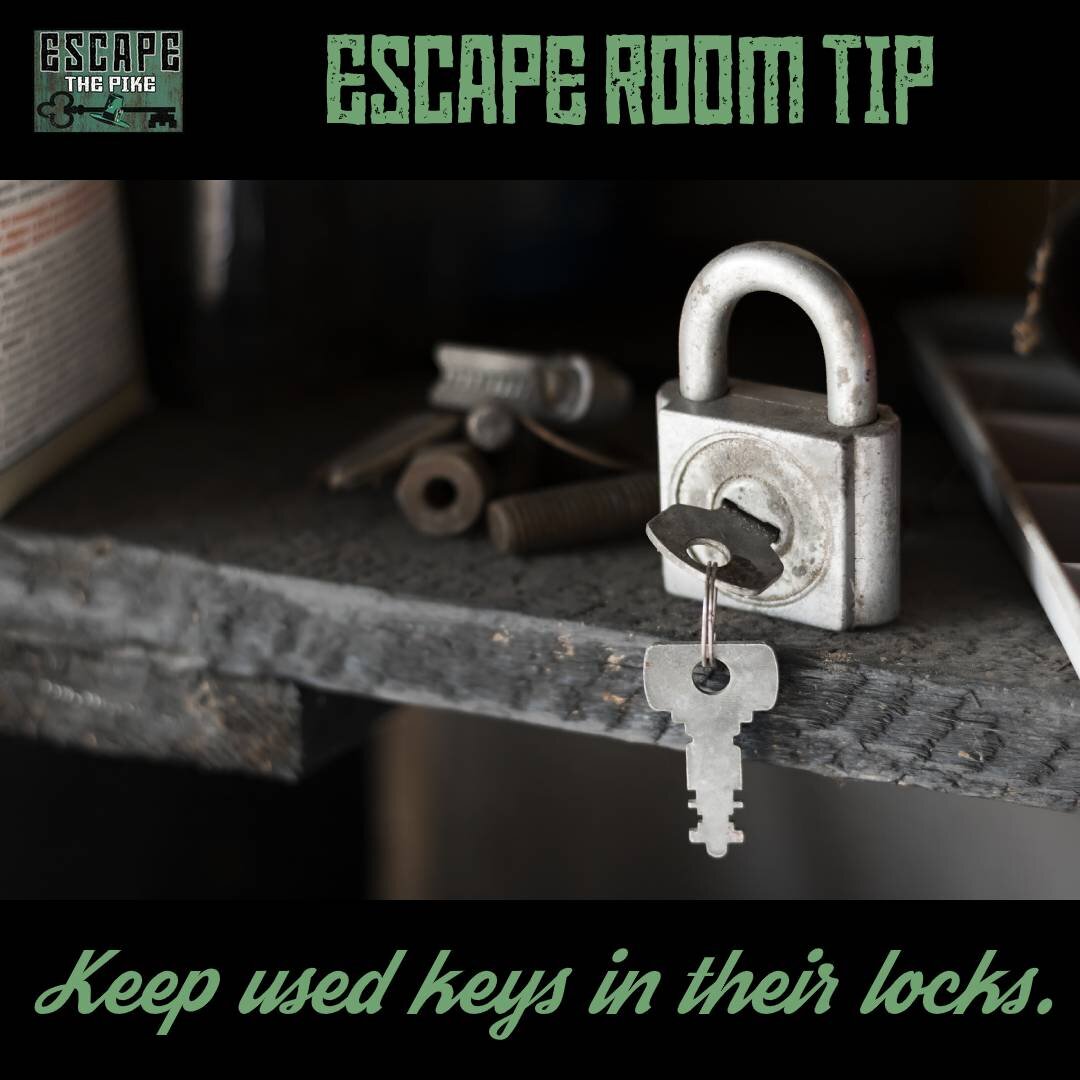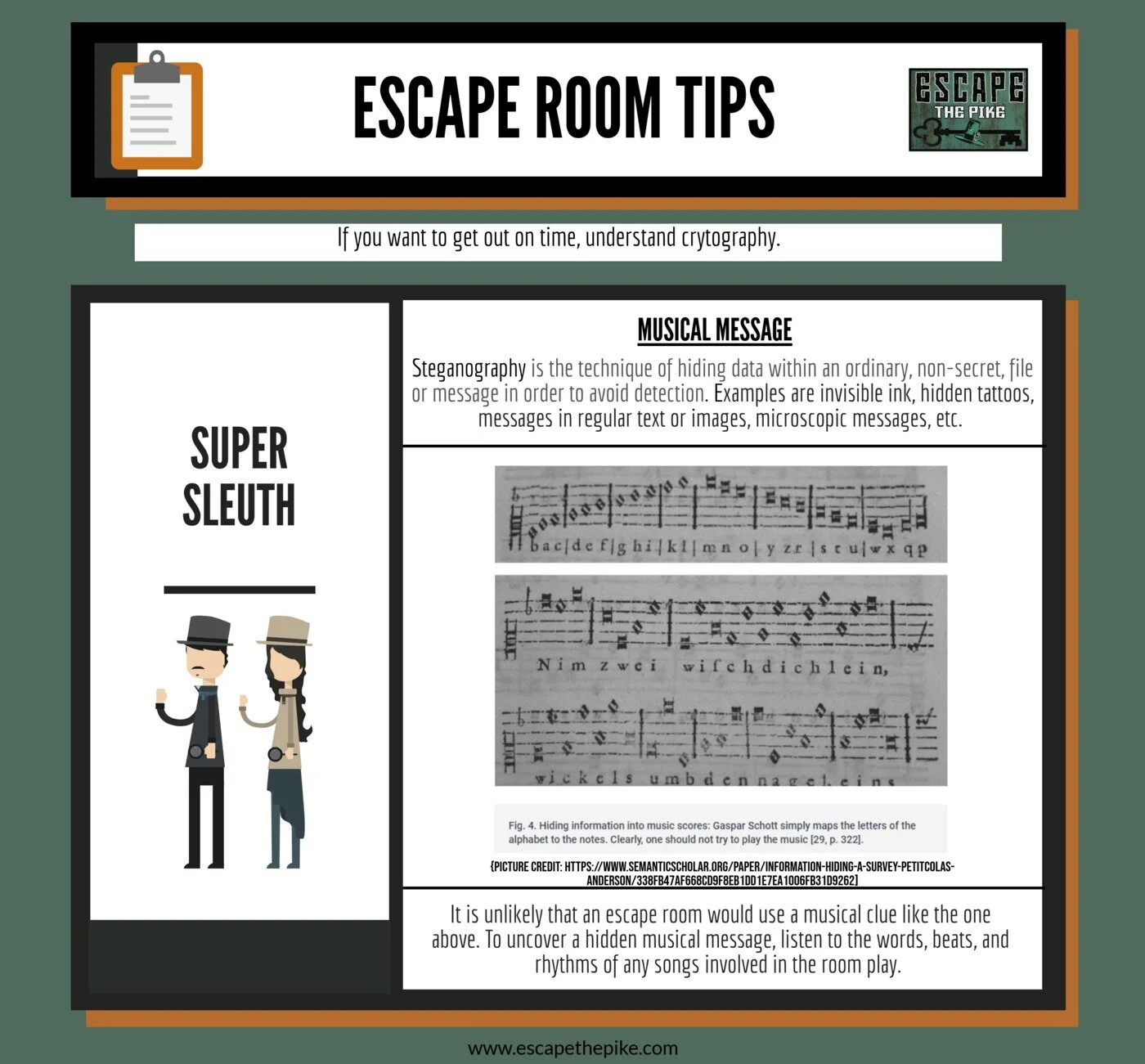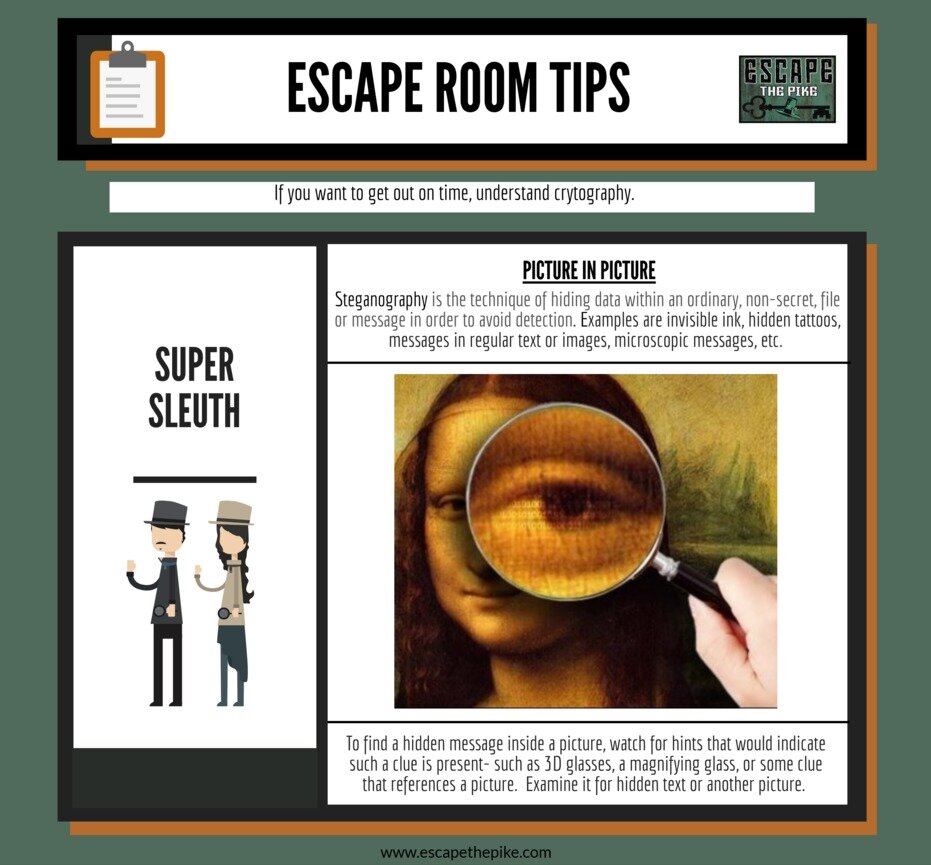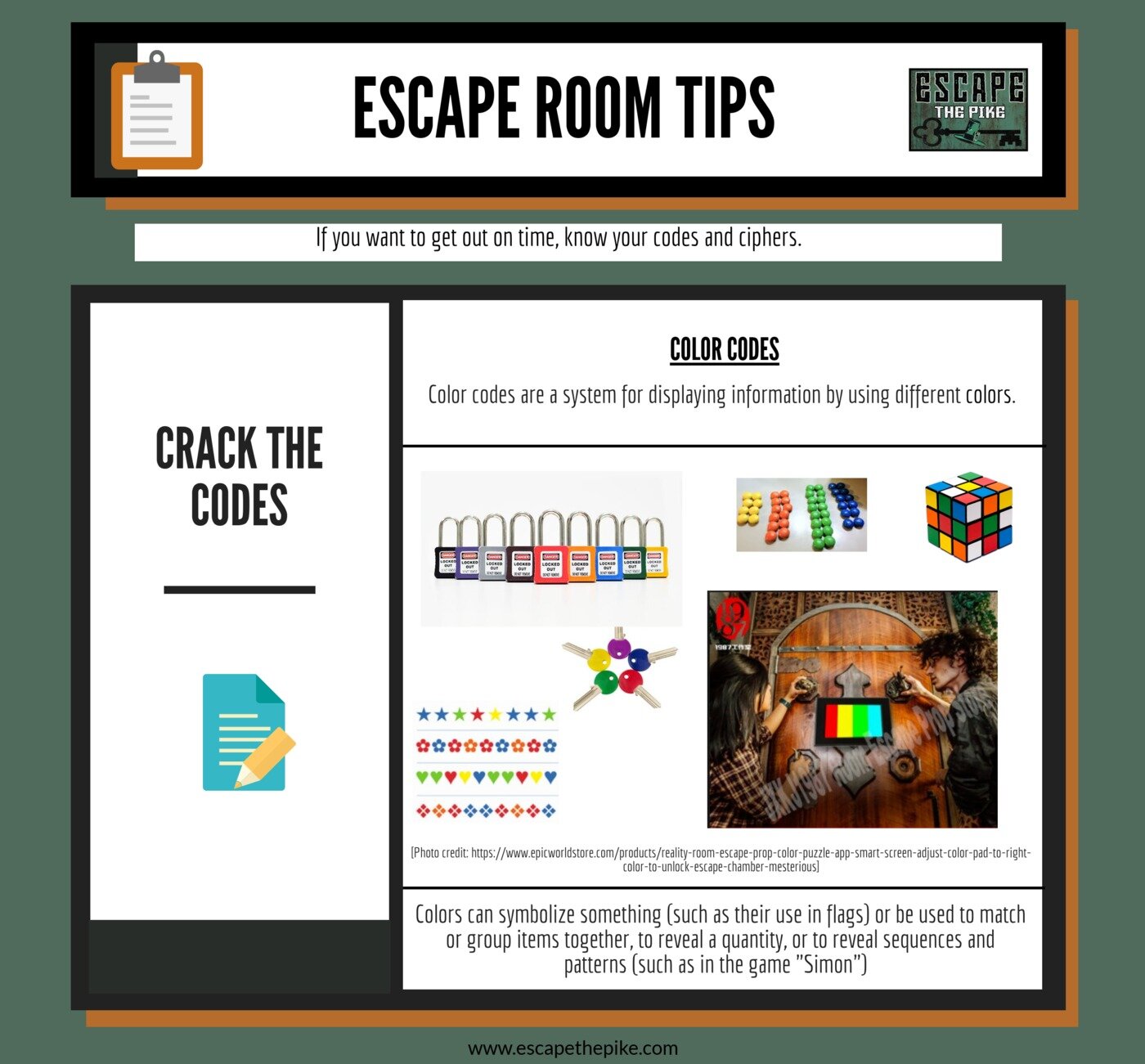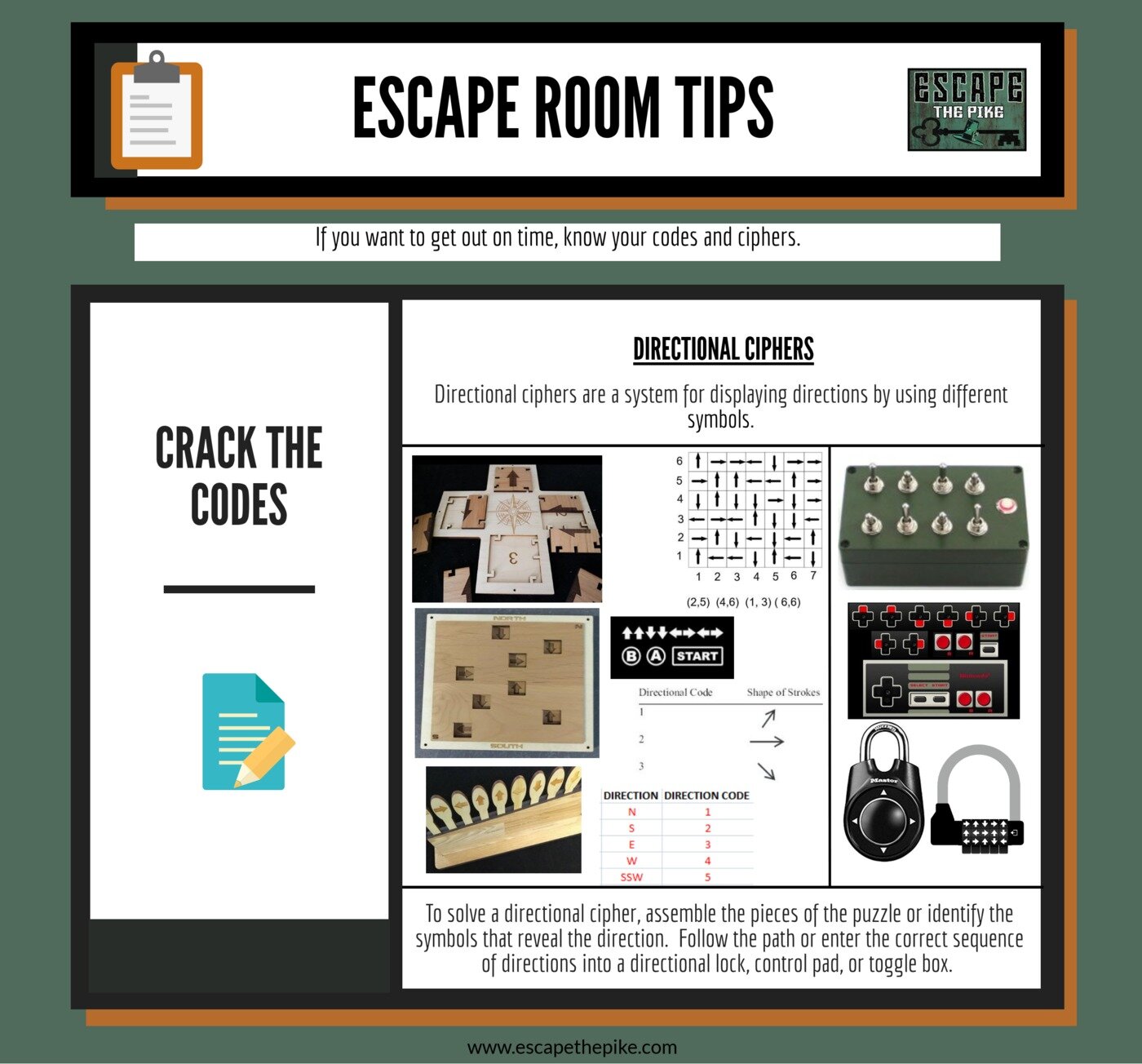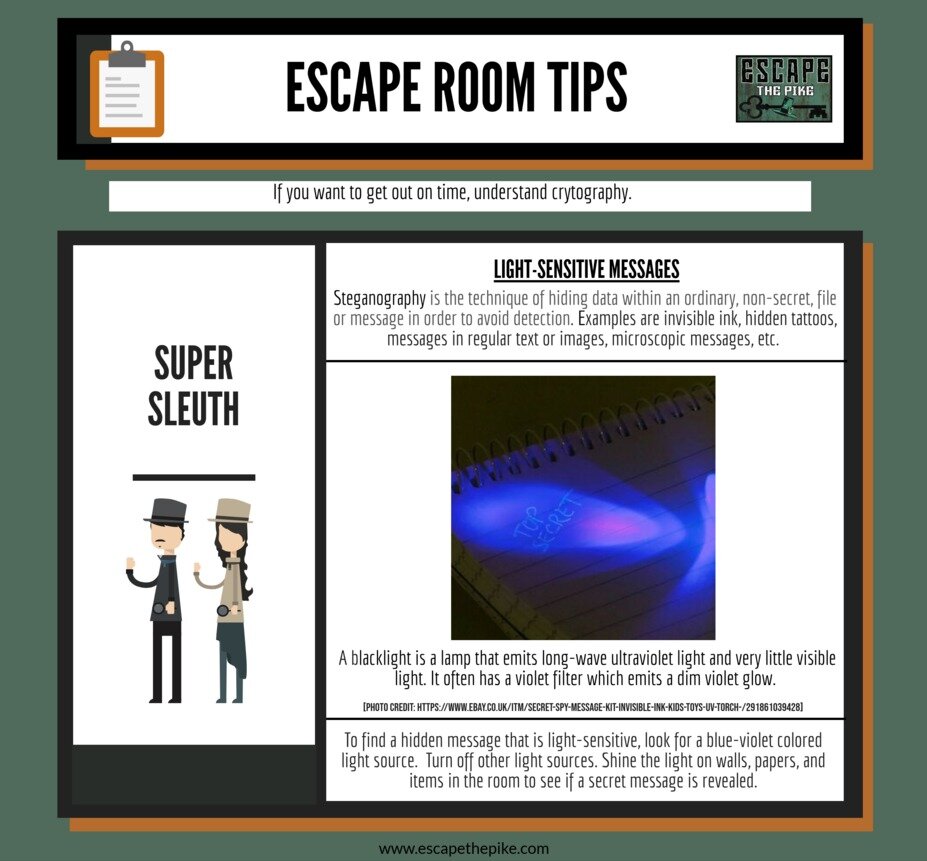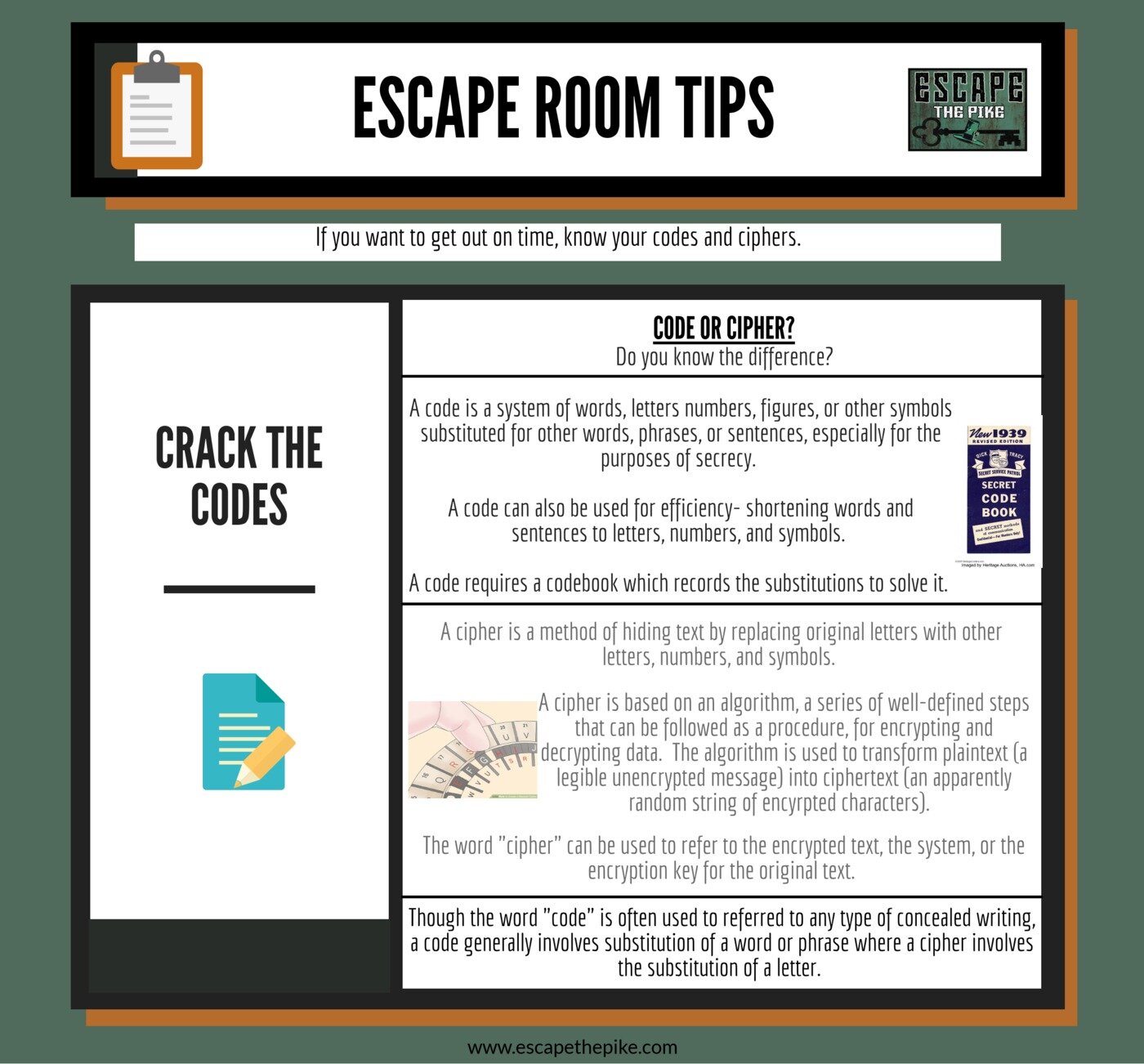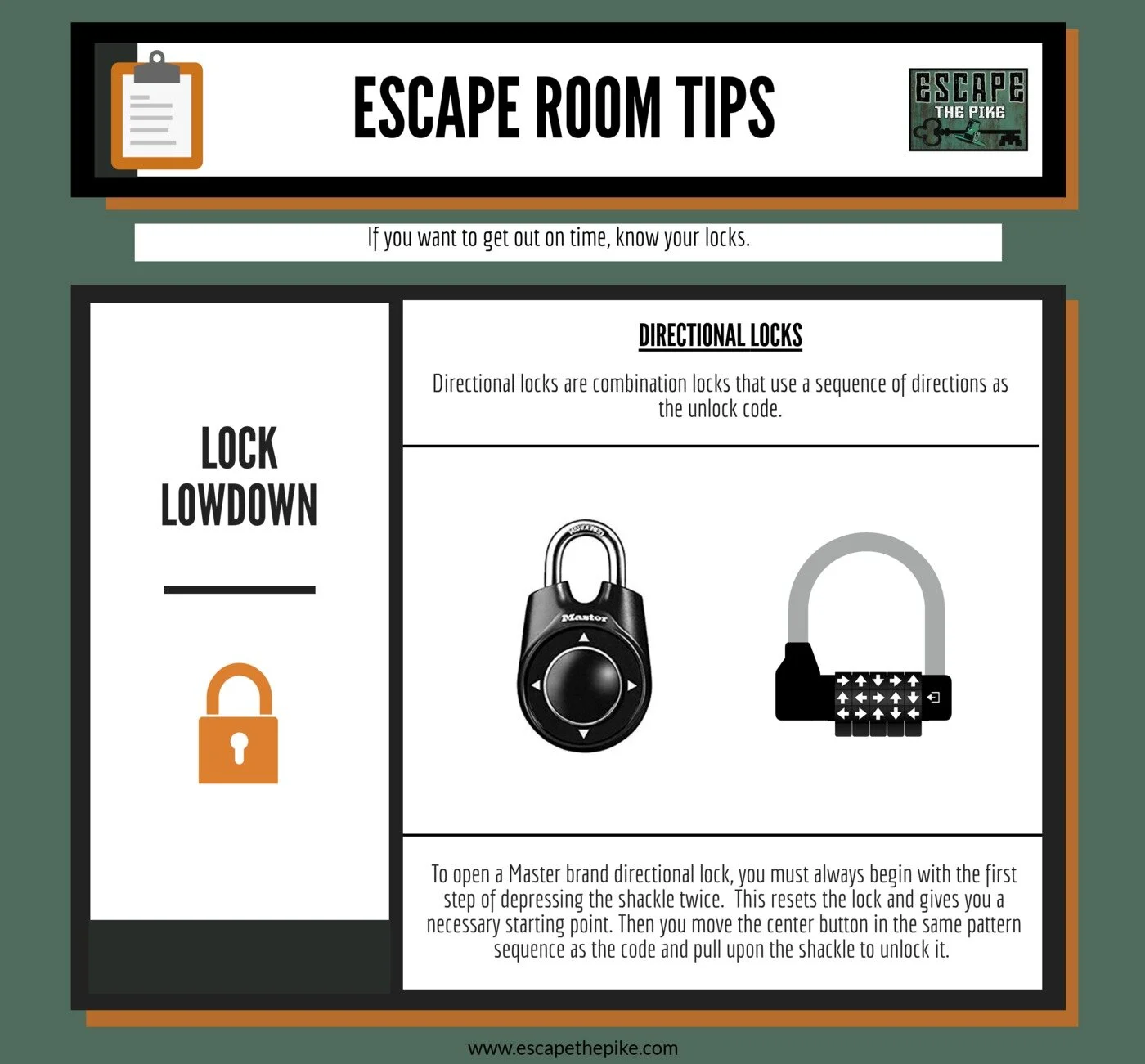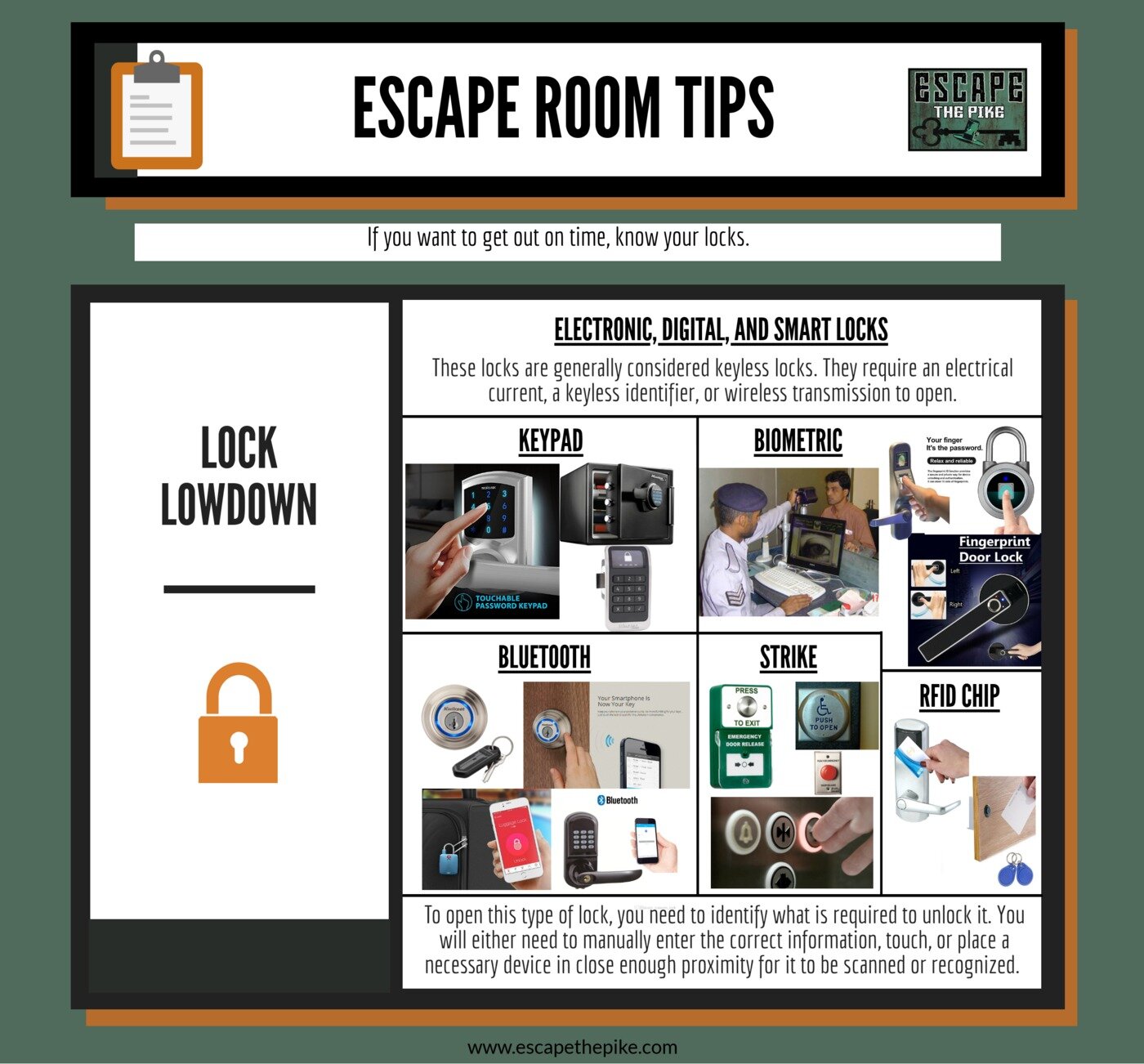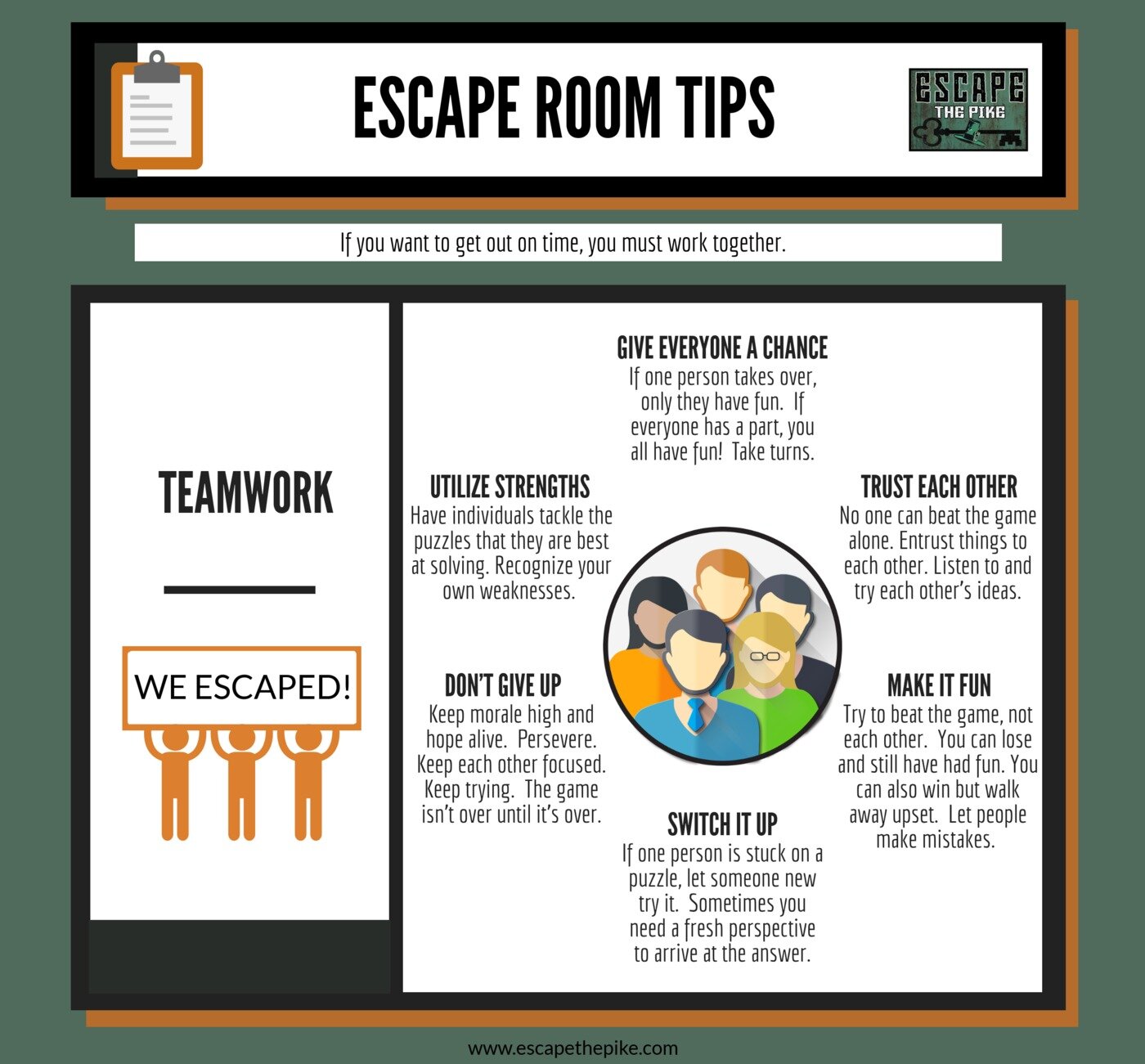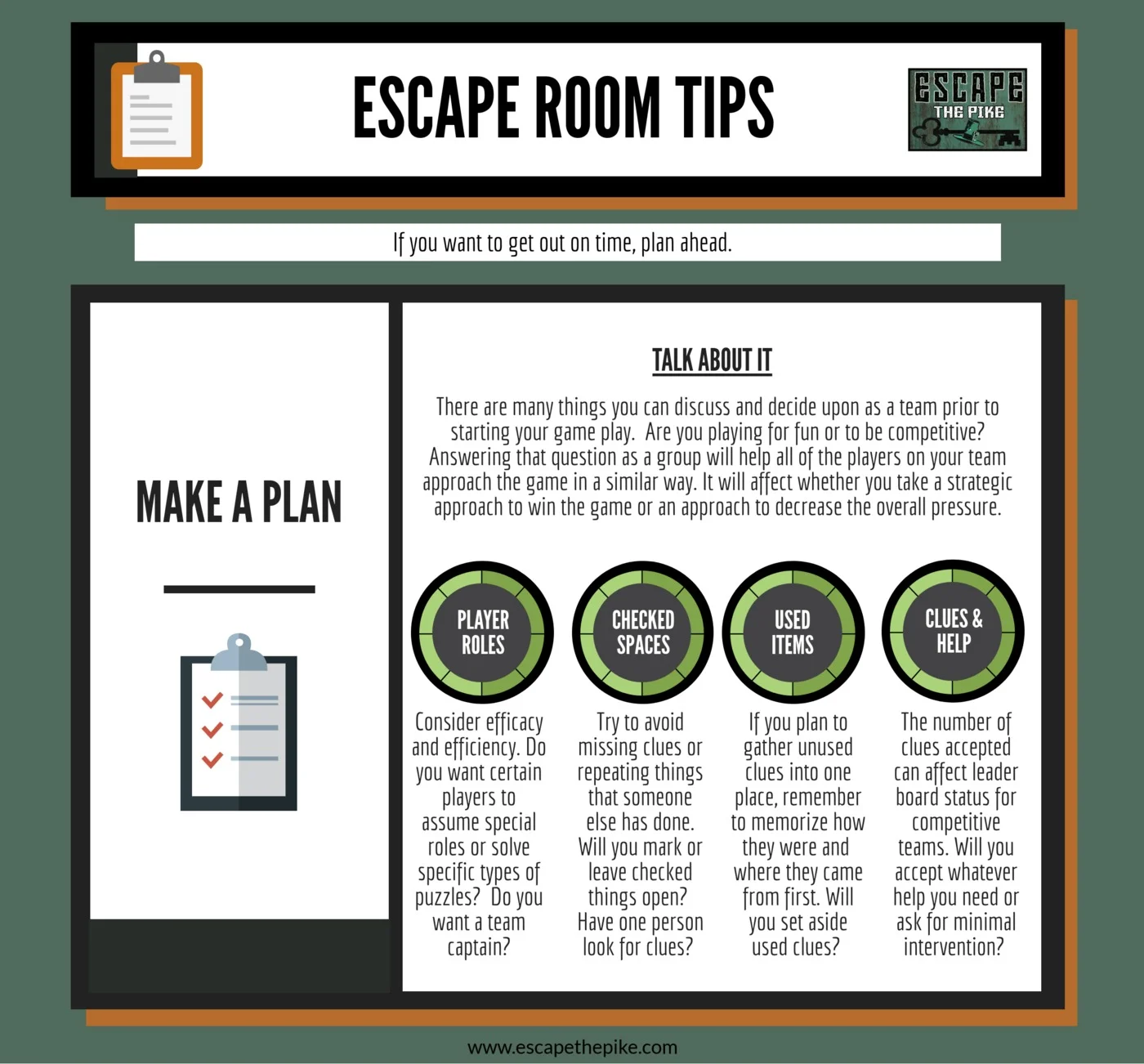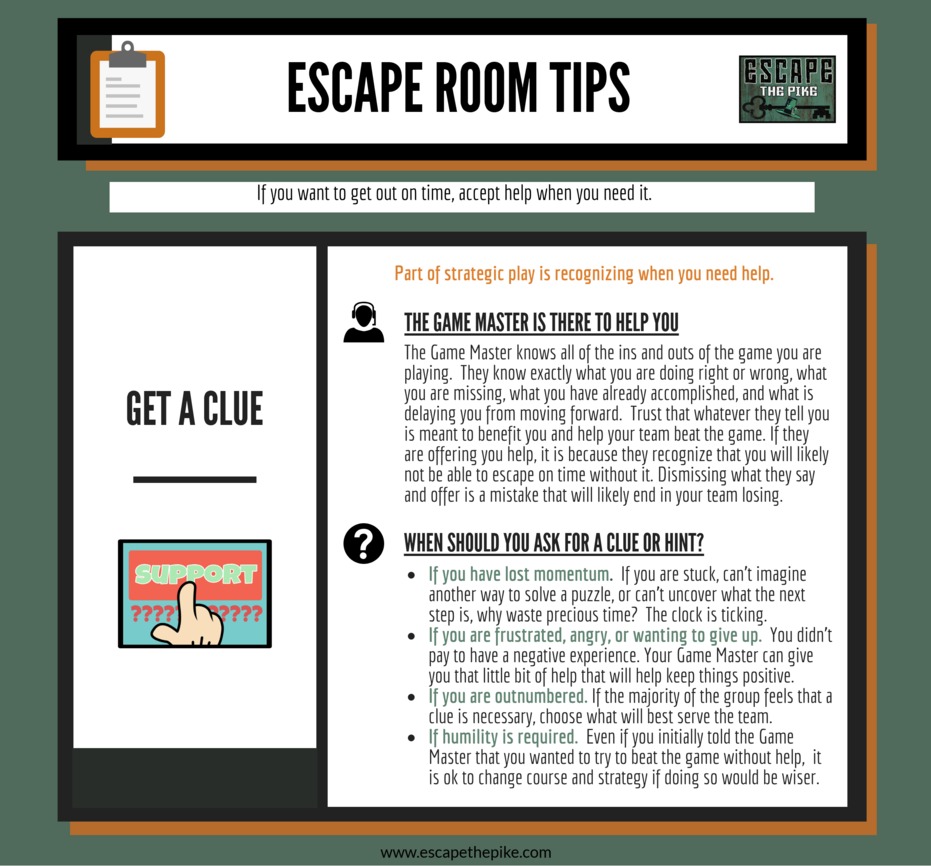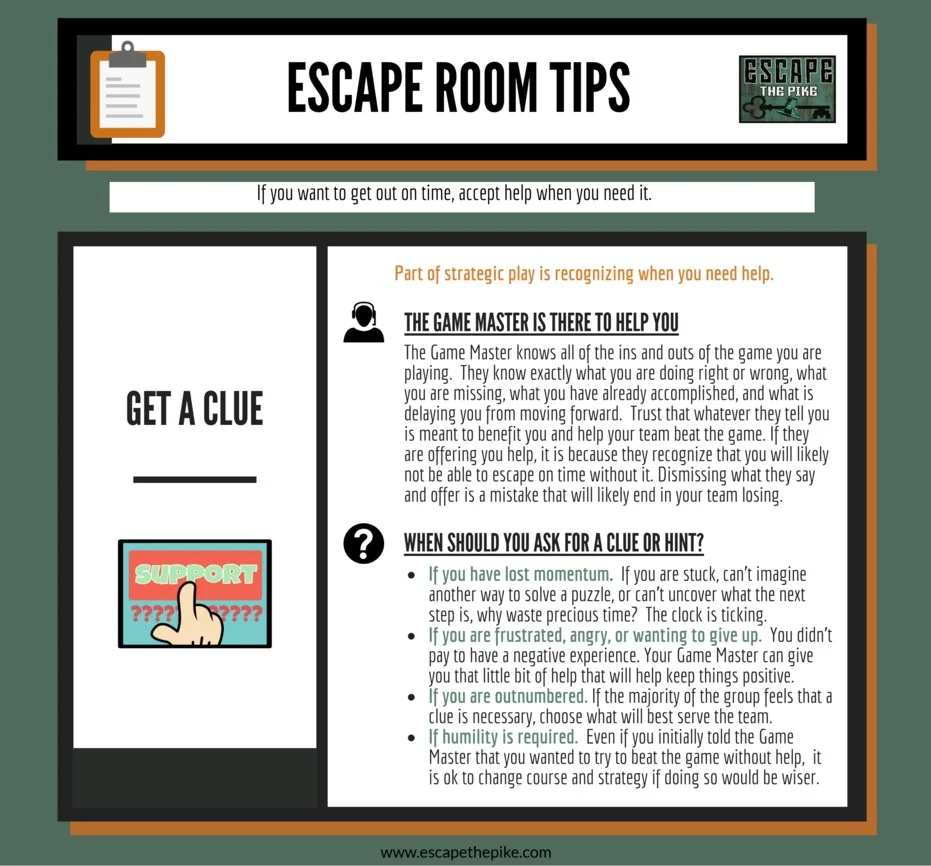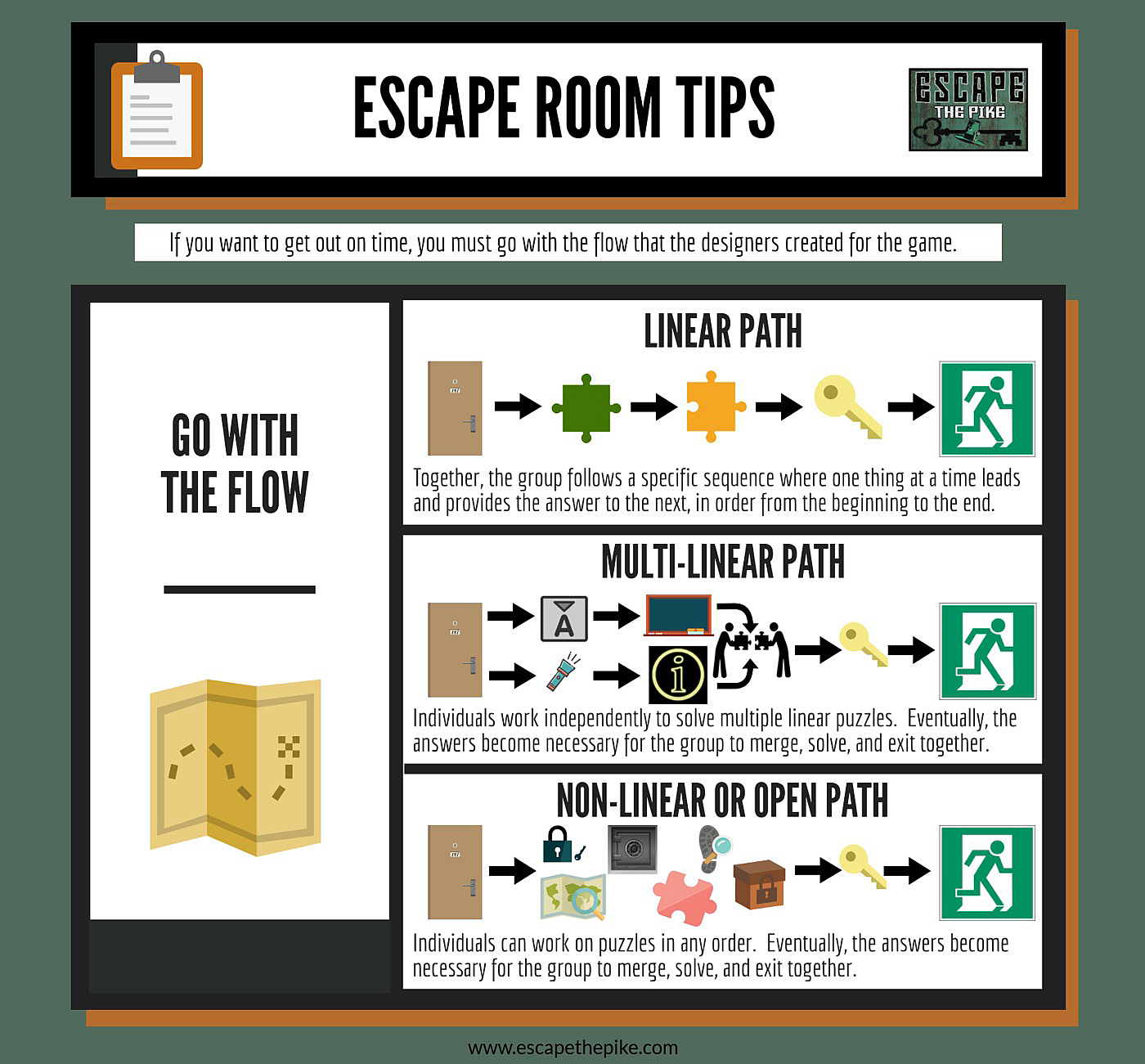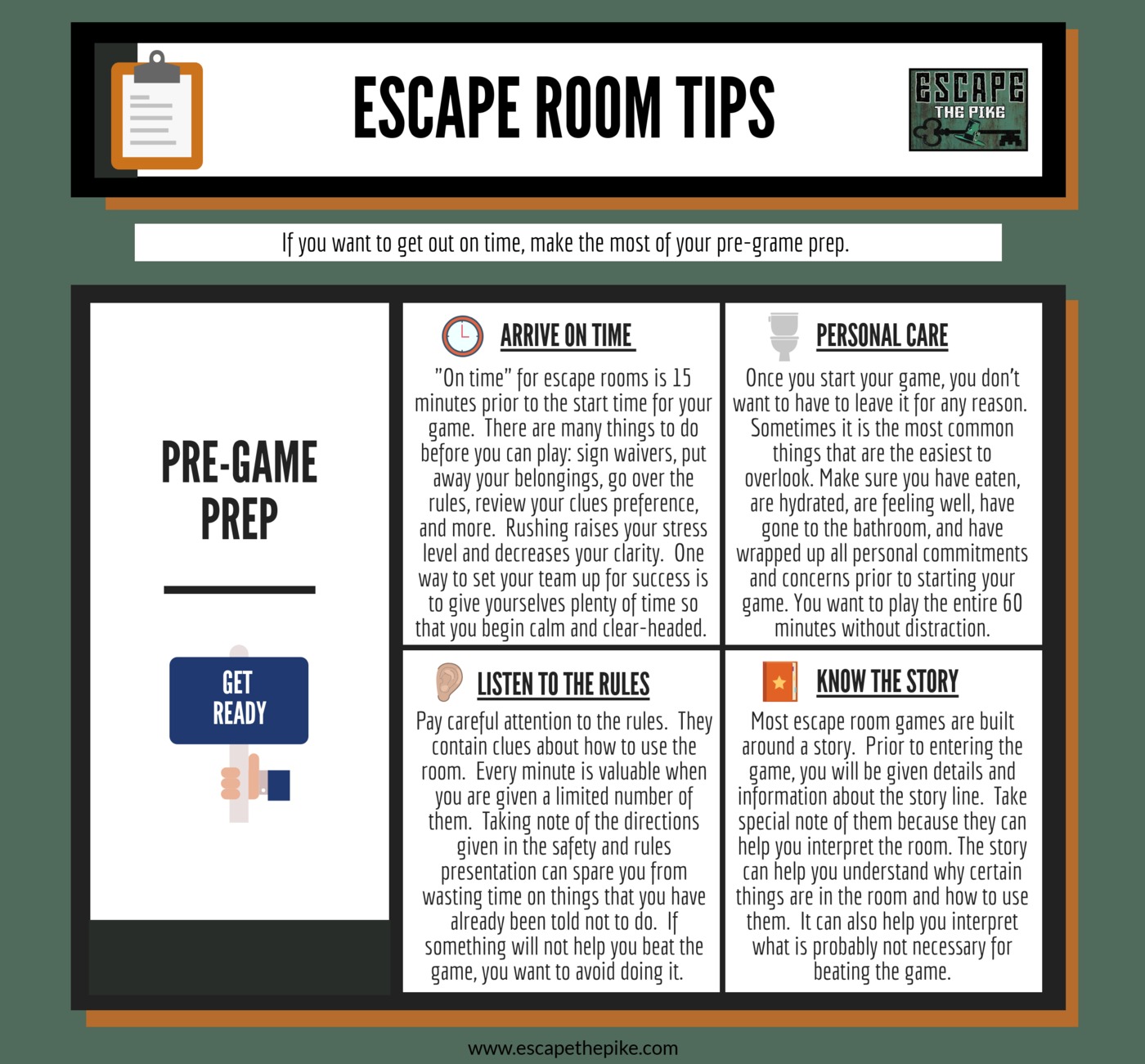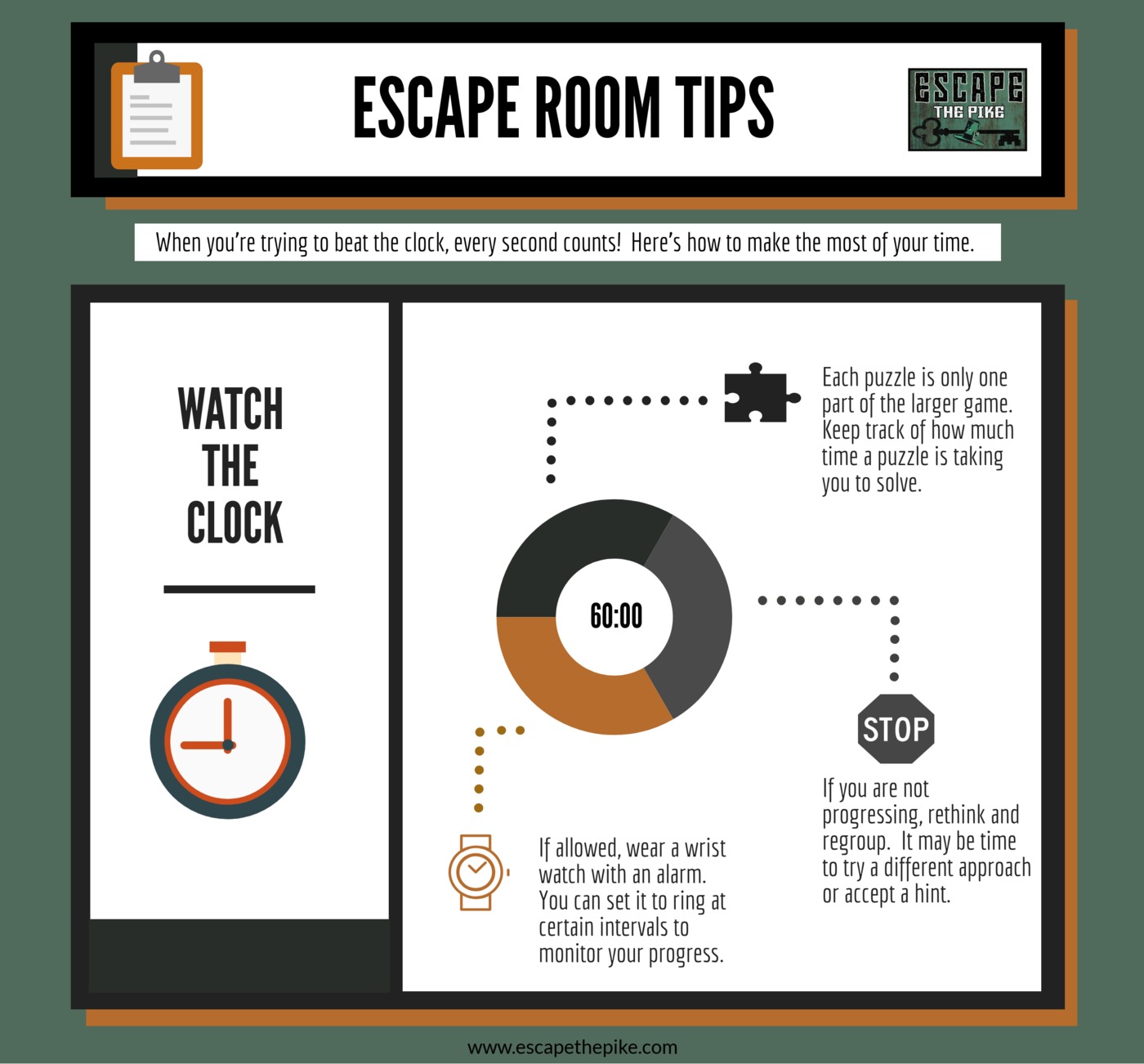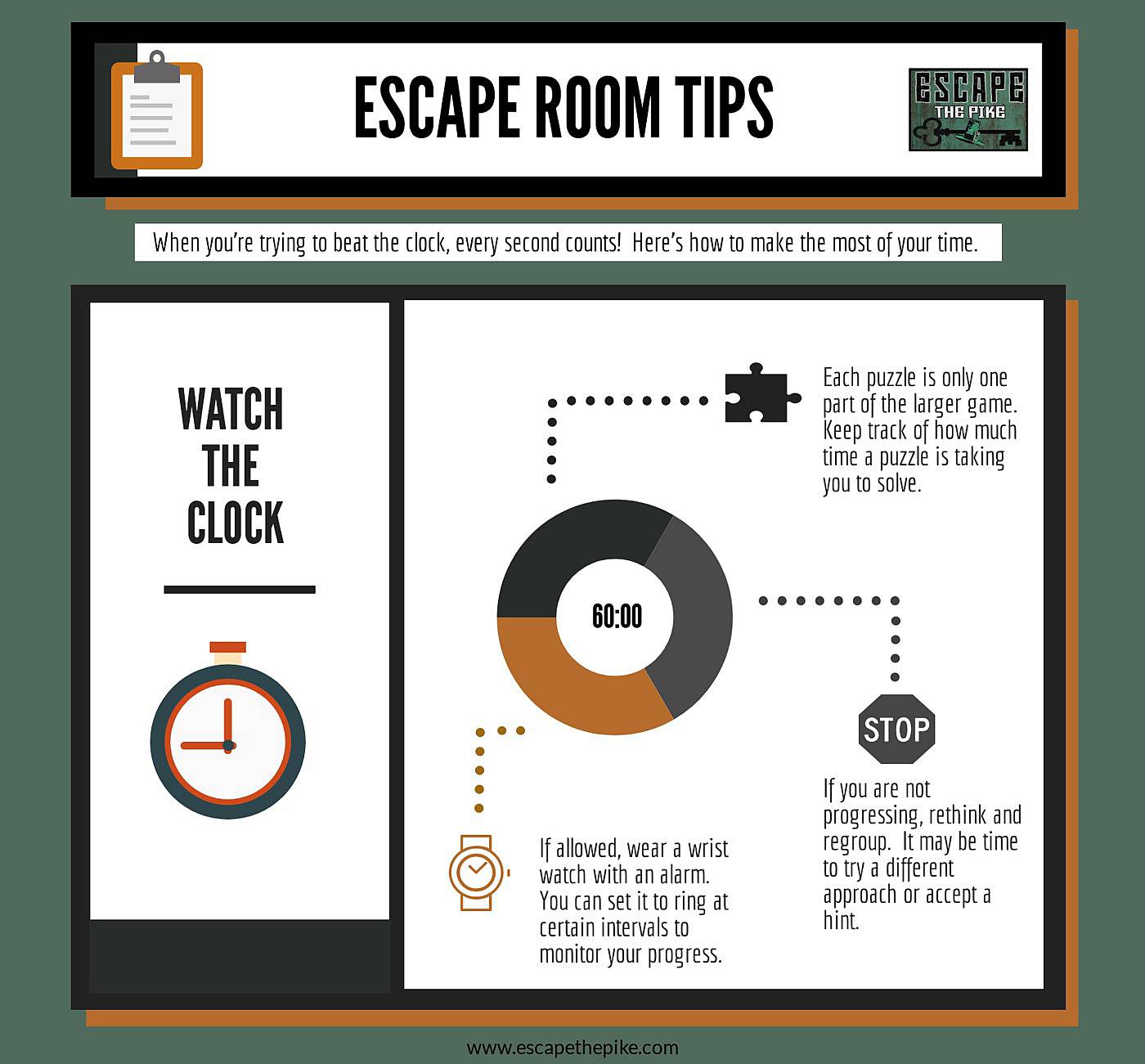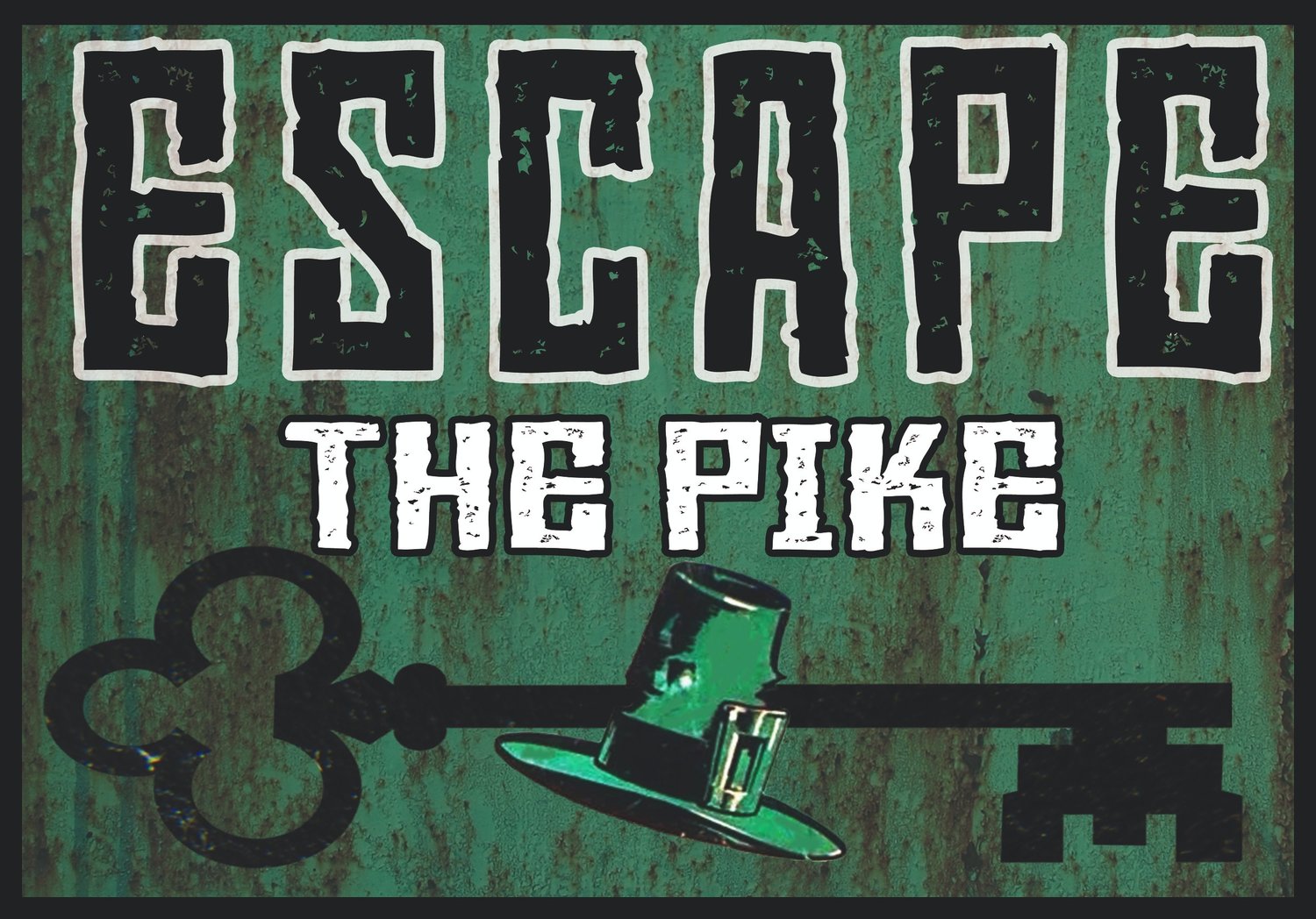
tips and strategies
There can be strategy involved in assembling your team. Consider the different challenges that are part of playing escape room games. What skill sets and abilities are needed to overcome those challenges? Which of those do you and your teammates possess? What roles can the people on your team fill?
The Goonies characters will help you navigate the intricacies of assembling a winning escape room team.
Whether you consider the military, crisis situations, jobs, organizations, or families, hierarchies of responsibility set groups of people up for success. They serve to focus the efforts of many on achieving one common goal. They help to minimize distractions and disagreements that subvert victory.
Many competitive teams discuss roles and objectives prior to game play. Some assemble teams with the intention of having one person to specialize in the different challenges they think they may encounter. Some designate a team leader or captain to coordinate those various jobs and roles.
You can be as strategic about your team and play as you’d like. We hope our Goonies-inspired look at team roles and responsibilities has motivated you to use the strengths of your teammates to your best advantage.





